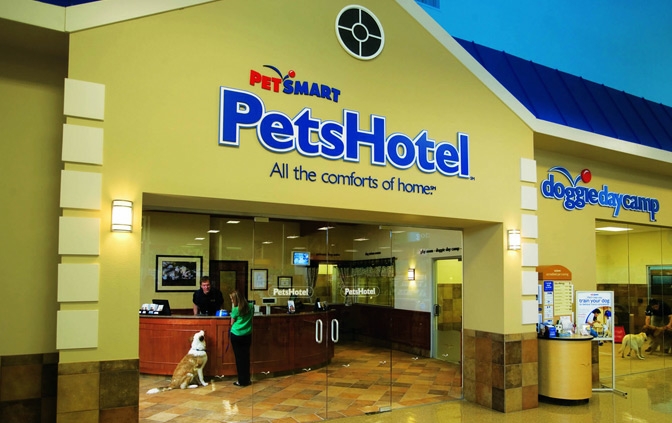Is it really possible Pet Smart is better at discovery than senior living?
Recently I was talking with Andrew Carle, a well-known leader in the senior living industry, about the ongoing evolution of this industry. Carle runs the Program in Senior Housing Administration at George Mason University.
We spent a great deal of time talking about how he has his students “mystery shop” senior living communities and how terrible the results are. Each semester Andrew has his students mystery shop, by phone, at least one senior living community. The instructions include an ideal prospect that looks more or less like this:
- An elderly family member requiring assistance with activities of daily living
- They have several thousand dollars a month of retirement income
- They own a home that is worth at least $400,000 with no debt
- They are interested in moving into a senior living community within 30 days
The students are then asked to rate the experience on four criteria:
- First Impression
- How well the needs are assessed
- Ability to meet the needs of the resident
- Follow-up on the first call.
Not Good
The results were not good:
- 29% of the time the reps failed to ask the age of the prospective resident
- 62% of the time they failed to ask the name of the resident
- In only 26% of the calls were the students asked the timeline for making a decision
- Less than half of the time (47%) did the sales person ask how they found out about the community
- Not even one third asked about ability to pay
- More than one-fifth (21%) offered to mail a brochure instead of offering a tour of the nearby community
Pet Smart Does It Better
Andrew then went on to tell me the story of an enterprising student . . .
She stood up in the class and explained that she was able to use a real family member for her call because there was a real current need. This particular loved one has this profile:
- His name is Edward Doolan
- He is around 85 years old
- His physical condition is deteriorating and what he really needs is more of a day care program than a live-in program
- The family had the financial resources to pay for the care
When this student called to get information the person answering the phone did an exemplary job of asking and answering questions including:
- Asking the name of the prospect
- Asking the age of the prospect
- Finding out what kinds of physical, medication, dietary and social needs the prospect had
- Assessing the ability to pay for services
- Getting contact information and asking how she learned about the program
- The call ended with an strong push to set-up a tour of the center
It was a perfect score for the community.
As Andrew listened to this report he stopped her to say that this is really good, except that she was supposed to be called a senior living community not a senior day care center. At that point the student provided the big reveal.
 The prospect was her aging family dog and she had called Pet Smart where they had a day program for pets.
The prospect was her aging family dog and she had called Pet Smart where they had a day program for pets.
They got it 100% right.
She then went on to tell about her actual senior living call, which was actually worse than most of the findings above.
JUST THE BASICS
We are selling a product that typically represents $75,000 to more than $100,000 per sale over the lifetime of the average resident. Yet we are having a very difficult time getting even the basics right. Imagine how good and robust this industry could be with some serious improvement in how we interact with the public.
Steve Moran








